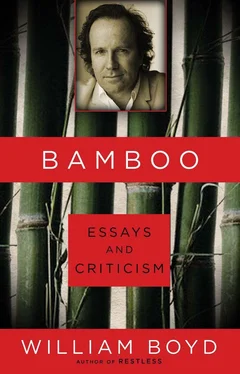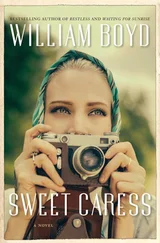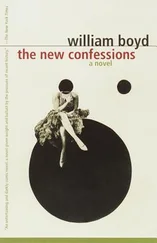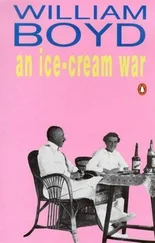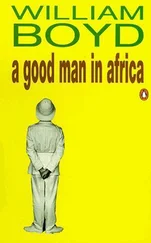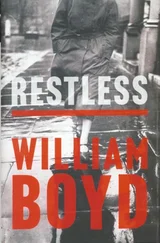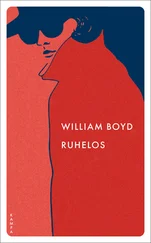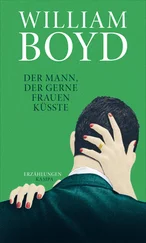For all their power, there is something unpleasantly pathological in the work of all three artists. There is a kind of righteous nihilism which one can applaud: their portrayals of the horrors of war (no British artist has painted anything so scarifying); their excoriation of the sleek industrialists and corrupt businessmen and so on. It is a little harder to explain away, however, their morbid obsession with sex. One could say that after the war, once the fighting was over, the crude commerce of prostitution served as a useful symbol of the degeneracy of the human spirit, but it rings somewhat of special pleading, especially when one is faced with its lurid prominence in the work of all three men. Both Dix and Grosz, for example, independently produced a series of etchings on sex murders. The answer lies, rather, in the complex individual personalities of the artists than in any Neue Sachlichkeit programme. Their respective traumatization — coincidentally — engendered the same symptoms.
It may be, of course, a national psychosis: it is tempting to see Weimar Germany (or rather one’s received image of Weimar Germany) suffering — so to speak — in the same way as its artists, especially when one takes into account the German race’s propensity for doing things en masse. It is a theory that gains some further credence when we look at Britain between the wars. If we accept that the Neue Sachlichkeit artists represent the most significant cultural response to the Great War in Germany then its corollary in Britain is the war poets — Owen, Sassoon, Rosenberg, Gurney et al. What a fascinating contrast they make. The same shock and condemnation of the horrors of war provides a powerful stimulus for their respective arts, but nowhere in the British response do we encounter this purulent nihilism reflected through overt sexual loathing and revulsion. Is this simply a sign of the dissimilarity between the British and German psyche? Or is it merely the difference between victor and vanquished? Searching for an answer, it is perhaps significant that Grosz himself later (in 1933) disowned and repudiated his post-war etchings because he considered that the relentless cynicism of the Weimar artists and writers had contributed to the rise of the Nazis.
1988
Keith Vaughan(Review of Keith Vaughan: His Life and Work by Malcolm Yorke)
Keith Vaughan was born in 1912. Later in his life he was to reflect on what he regarded as one of the more auspicious omens of his birth. He was a healthy baby, “but it was also observed that my penis possessed a loose and easily retractable foreskin which was not considered necessary to circumcise. For this piece of good fortune I have had many occasions to be grateful.” We shall see why in due course. In this nugget of autobiographical information are preserved many of the qualities that make Vaughan such a distinctive artist and personality: his unflinching candour, his formal exactitude, his dry wit, his lifelong obsession with his cock. All key aspects of his life as a man and, though perhaps not in every respect, his work as an artist.
Although he expressed satisfaction with his foreskin other features of Vaughan’s childhood were less happy. His father died when he was very young, and he grew up in a close, neurotic household composed of his mother — an omnipresent source of irritation for most of his life — and his younger brother Dick, a weak, insecure boy who totally depended on Vaughan for amusement and regular consolation.
Vaughan’s father’s death reduced the family to a level of bourgeois penury. Mrs Vaughan had to work hard to “maintain standards,” and constant economy was the order of the day. But in compensation the cultural atmosphere of the life they led was rich. At a young age Vaughan was an accomplished pianist and would accompany his mother on the violin. He also won a Royal Drawing Society award when he was seven years old. The intimacy of the family was broken, however, when he was sent away to boarding school two years later, to Christ’s Hospital in Sussex. Here he suffered the usual humiliations visited on sensitive boys at single-sex boarding schools — corporal punishment, bullying, smut, filth etc. — and Vaughan begged his mother to take him away, in vain. By his account his adolescence seems to have borne more than the usual burden of guilt, misery and isolation.
It was at school that Vaughan’s particular sexual nature began to assert itself in a manner that was unequivocally homoerotic and masochistic. And it was at Christ’s Hospital that he commenced a programme of regular and ingenious masturbation that was to prove lifelong. He retained nothing but unhappy memories of his schooldays but, whatever tribulations his psyche was undergoing, the seeds of his education as an artist were also sown. In the fields of music, literature and painting his years at school had not been unproductive.
It was his skill at drawing that led him, almost directly on leaving school, into the advertising world. He became a layout artist in the advertising services branch of Unilever — Lintas — where he spent most of the 1930s. The Lintas years functioned for Vaughan as a surrogate university and art school. Here he found a set of like-minded colleagues and friends who were also artists, intellectuals and eccentrics, happy to accept Vaughan on his own terms. Vaughan still lived at home with his mother but he began to experience a measure of independence too. He would spend weekends in a converted railway carriage on the Sussex coast at Pagham with a group of friends, where they would sunbathe and swim in the nude. In his memories, Pagham became one of the magic places of his life.
In other respects the broad character of Vaughan’s life in the thirties seems to be one of naively earnest and dogged cultural self-improvement: endless courses of reading, playing and listening to music, visits to the ballet (an obsession) and theatre. And in many ways the pattern of life he established for himself at that time was to remain constant. On one side single-minded artistic endeavour, and on the other an equal dedication to enriching his erotic experience.
Like many middle-class homosexuals of that era most of Vaughan’s sexual partners were working class, but in Vaughan’s case this arose out of expediency rather than from some Forsterian fantasy. Throughout his life Vaughan yearned — vainly as it turned out — for a romantic lover who would be his social and intellectual equal. Less orthodox, however, were the refinements of his masochistic auto-eroticism. He tried to construct a primitive machine that would deliver electric shocks to his genitalia; he pushed a needle through his foreskin, and when his mother left the family home at weekends he would endeavour to bind himself to the upturned legs of the kitchen table.
It was the war which changed everything. It removed him from the cosy world of Lintas and his family, and thrust him into an entirely new set of social encounters and environments. A committed pacifist, he registered as a non-combatant and was drafted into the pioneer corps. The manual work the corps carried out was routine and mindlessly laborious. It took him to parts of England he had never visited; it reintroduced him to communal life, but without the terrors of boarding school. Moreover, it initiated his development as a serious artist, forcing him out of the “years of dilettantism” of the Lintas period, and gaining him access to literary and artistic circles in London, that hitherto had been unapproachable, where he began to meet and be influenced by other contemporary artists — most notably Graham Sutherland.
The year 1939 also saw the start of his celebrated sequence of journals which he was to continue, almost without interruption, until the end of his life. The journals form an astonishing document. With complete candour Vaughan describes every aspect of his personality on the page. It is no exaggeration to say that they represent one of the most extraordinary, and greatest, pieces of confessional writing of the century.
Читать дальше
